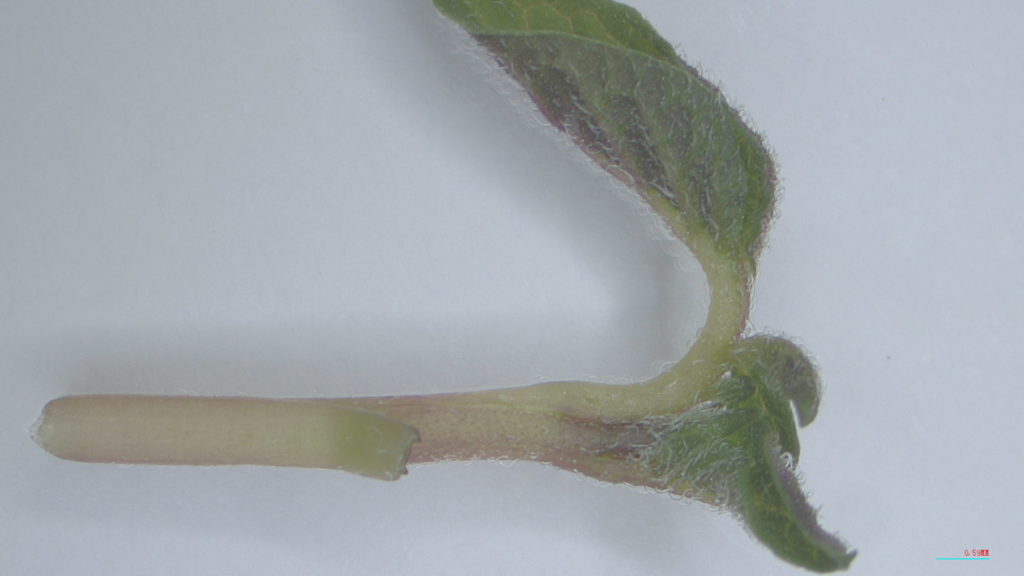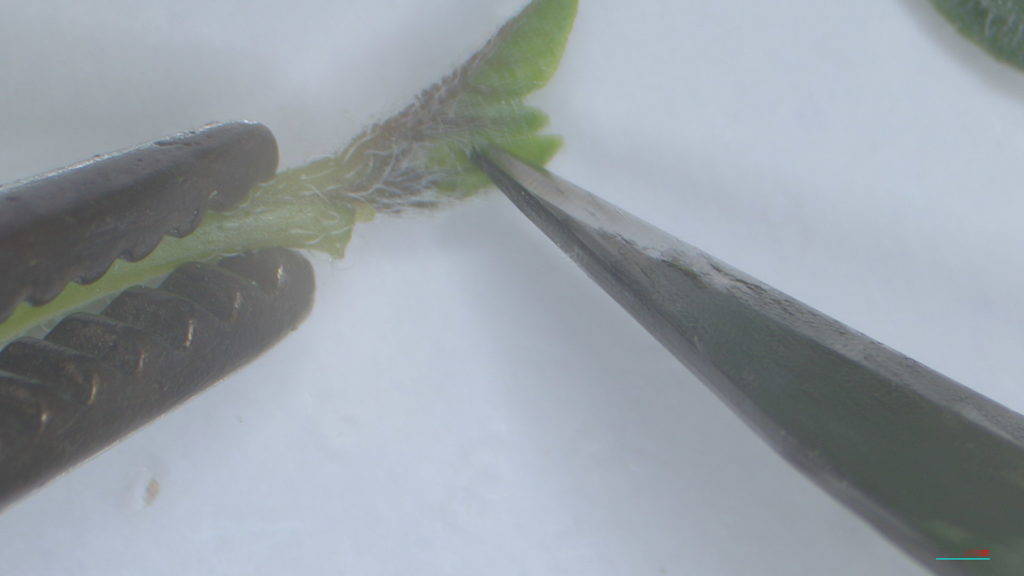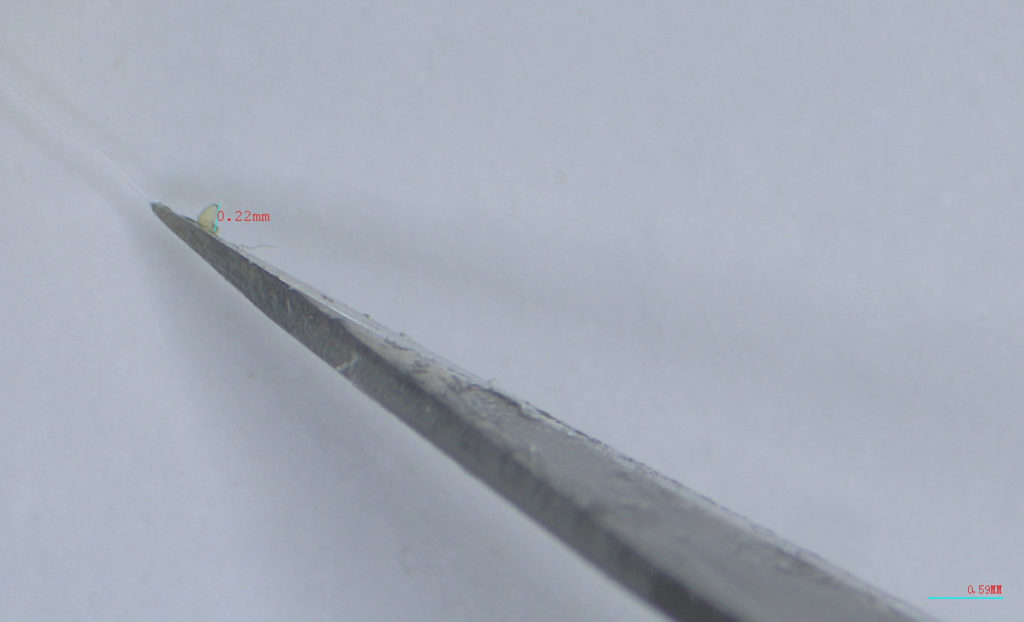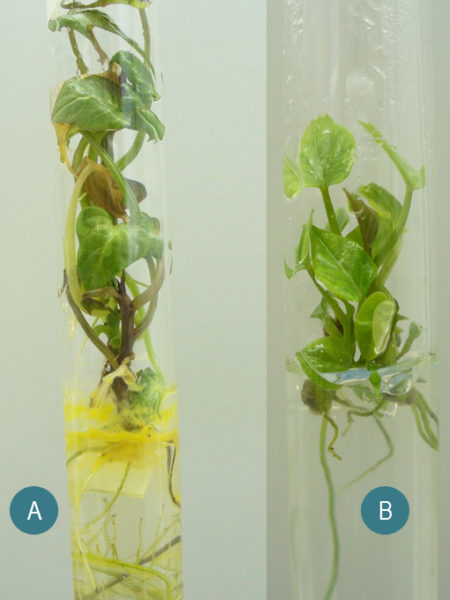
Phytosanitary
One of the goals of in vitro Genebank is to conserve and distribute pathogen-free plant material to be safely exchanged all over the world. Phytosanitary is in charge of the control of diseases in potato and sweetpotato crops guaranteeing plant health.
Currently, 95% and 91% of the in vitro potato and sweetpotato collections are free of principal pathogens (virus, bacterial and fungal), reaching the phytosanitary status “HS2”. The important diseases and their detection methods are well established for potato and sweetpotato, the Andean Root and Tuber Crops (ARTCs) have little information on diseases which infects them. Current research has begun to find efficient methods for diagnosing viruses in ARTCs.










